What Is The Function Of A Digital Camera ?
The function of a digital camera is to capture and store photographs in a digital format. It uses an image sensor to convert light into an electronic signal, which is then processed and saved as a digital image file. Digital cameras offer various features and settings, such as different shooting modes, zoom capabilities, and image stabilization, allowing users to capture high-quality photos with ease. Additionally, digital cameras often have built-in displays for previewing and reviewing images, as well as options for transferring and sharing photos digitally.
1、 Image capture and storage
The function of a digital camera is primarily image capture and storage. It allows users to capture photographs and store them digitally, eliminating the need for traditional film and enabling instant viewing and sharing of images.
Digital cameras work by using an image sensor to capture light and convert it into digital data. This data is then processed and stored on a memory card or internal storage within the camera. The images can be viewed on the camera's LCD screen or transferred to a computer or other device for further editing and sharing.
In addition to image capture and storage, digital cameras have evolved to offer a wide range of features and capabilities. Many cameras now include advanced autofocus systems, image stabilization, and high-resolution sensors, allowing for sharper and more detailed images. They also often have various shooting modes, such as manual, automatic, and scene-specific settings, to cater to different photography needs.
Furthermore, digital cameras have become more compact and portable, making them convenient for everyday use. They have also integrated with wireless connectivity, allowing for instant sharing of images to social media platforms or cloud storage services.
The latest point of view on the function of a digital camera is its ability to capture high-quality videos. Many digital cameras now offer video recording capabilities, ranging from standard definition to 4K resolution. This has made digital cameras a popular choice for vloggers, content creators, and even professional videographers.
Overall, the function of a digital camera has expanded beyond just capturing and storing images. It has become a versatile tool for capturing memories, expressing creativity, and sharing moments with others.
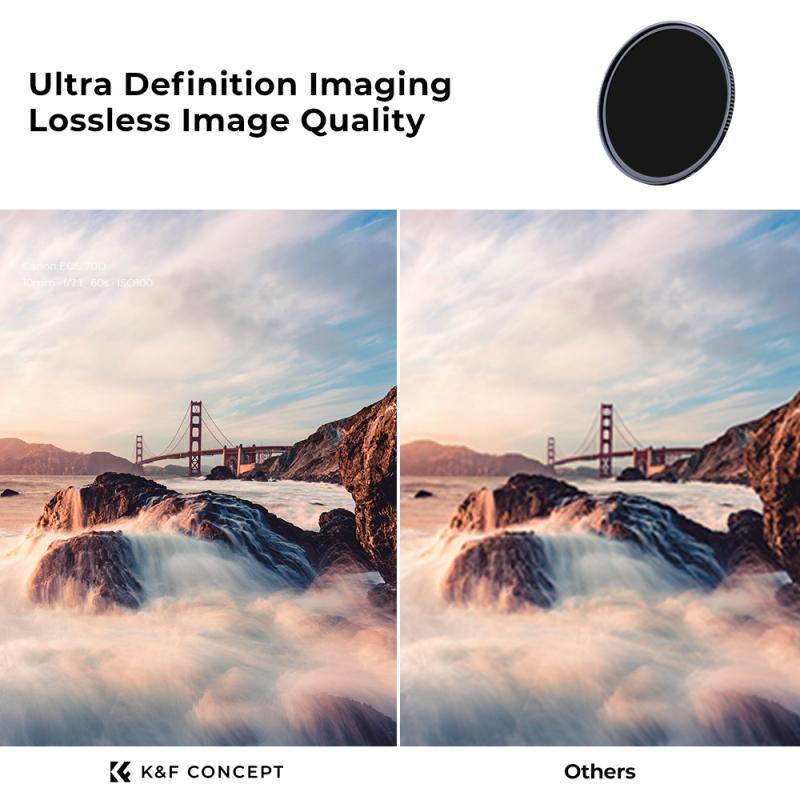
2、 Optical lens system and image sensor
The function of a digital camera is to capture and store images in a digital format. It achieves this through the use of an optical lens system and an image sensor.
The optical lens system is responsible for focusing light onto the image sensor. It consists of multiple lenses that work together to control the amount of light entering the camera and to adjust the focus and zoom of the image. The lens system plays a crucial role in determining the quality and clarity of the captured image.
The image sensor, on the other hand, is the heart of the digital camera. It converts the light that enters the camera into an electrical signal, which is then processed and stored as a digital image. The two most common types of image sensors used in digital cameras are CCD (Charge-Coupled Device) and CMOS (Complementary Metal-Oxide-Semiconductor). Both have their advantages and disadvantages, but they essentially serve the same purpose of capturing light and converting it into a digital image.
In recent years, digital cameras have seen significant advancements. The latest point of view is that digital cameras now come equipped with high-resolution sensors, allowing for incredibly detailed images. They also offer various shooting modes and settings, such as manual controls, burst mode, and image stabilization, giving photographers more creative control and flexibility.
Furthermore, digital cameras now often include built-in Wi-Fi or Bluetooth connectivity, enabling users to instantly transfer and share their photos wirelessly. Some cameras even have advanced features like GPS tagging, allowing photographers to geotag their images with location data.
Overall, the function of a digital camera remains the same - to capture and store images. However, with technological advancements, digital cameras have become more versatile, offering improved image quality, enhanced features, and seamless connectivity options.
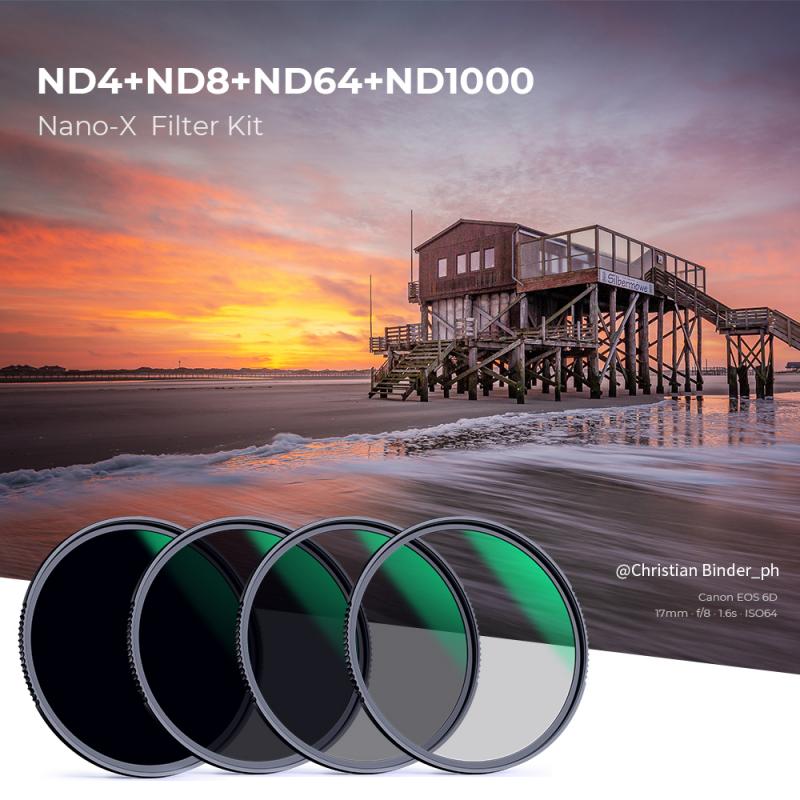
3、 Digital image processing and compression
The function of a digital camera goes beyond simply capturing images. One of the key functions of a digital camera is digital image processing and compression. This process involves converting the analog signals captured by the camera's image sensor into digital data that can be stored, manipulated, and transmitted.
Digital image processing allows for various enhancements and corrections to be made to the captured image. This includes adjusting brightness, contrast, and color balance, as well as removing noise and sharpening details. These enhancements can significantly improve the overall quality of the image and make it more visually appealing.
Compression is another important function of a digital camera. It involves reducing the size of the image file without significantly compromising its quality. This is crucial for efficient storage and transmission of images. Compression algorithms, such as JPEG, are used to remove redundant information from the image while retaining important details. This allows for more images to be stored on a memory card or transmitted over the internet in a shorter amount of time.
In recent years, the function of digital cameras has evolved to include advanced features such as face detection, image stabilization, and high dynamic range (HDR) imaging. Face detection technology helps in focusing on and capturing human faces accurately, while image stabilization reduces blurriness caused by camera shake. HDR imaging combines multiple exposures of the same scene to capture a wider range of light and dark details, resulting in more vibrant and detailed images.
Overall, the function of a digital camera encompasses not only capturing images but also processing and compressing them to enhance their quality and make them more manageable in terms of storage and transmission. With advancements in technology, digital cameras continue to offer new features and capabilities, providing users with more creative possibilities and convenience in capturing and sharing their visual experiences.
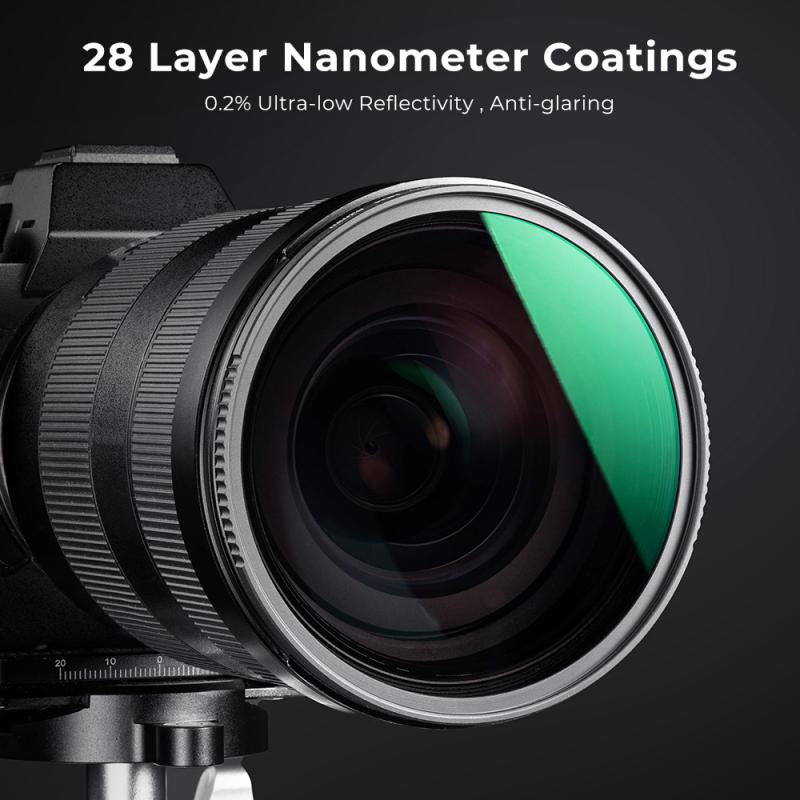
4、 Display and preview functionality
The function of a digital camera is to capture and store images in a digital format. However, one of the key features that sets digital cameras apart from their film counterparts is the display and preview functionality they offer. This feature allows photographers to instantly view the image they have just captured on the camera's LCD screen.
The display and preview functionality of a digital camera serves several purposes. Firstly, it provides immediate feedback to the photographer, allowing them to assess the quality of the image and make any necessary adjustments to exposure, composition, or focus. This real-time preview enables photographers to experiment with different settings and techniques, enhancing their ability to capture the perfect shot.
Furthermore, the display and preview functionality allows photographers to review their images on the spot, eliminating the need for film development or waiting until they can transfer the images to a computer. This instant review capability is particularly beneficial in situations where immediate feedback is crucial, such as in photojournalism or event photography.
In recent years, digital cameras have seen significant advancements in their display and preview functionality. Many cameras now offer high-resolution LCD screens with touch capabilities, providing a more intuitive and interactive user experience. Additionally, some cameras feature articulating screens that can be tilted or rotated, allowing photographers to capture images from unique angles or in challenging shooting conditions.
Moreover, the rise of mirrorless cameras has introduced electronic viewfinders (EVFs) as an alternative to traditional optical viewfinders. EVFs provide a real-time preview of the image through the camera's sensor, offering a more accurate representation of the final result. This technology has revolutionized the way photographers compose their shots, as they can now see the effects of exposure, white balance, and other settings in real-time.
In conclusion, the display and preview functionality of a digital camera plays a crucial role in enhancing the photographer's experience and improving the quality of their images. With advancements in technology, this feature continues to evolve, providing photographers with more tools and options to capture their creative vision.








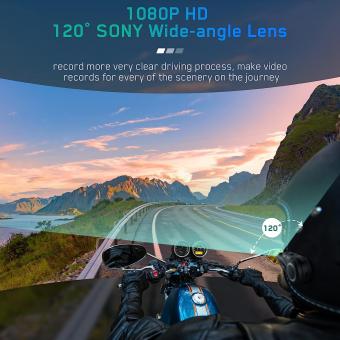











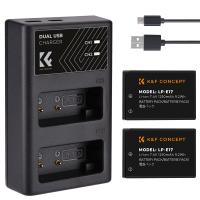
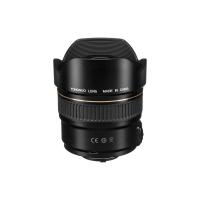
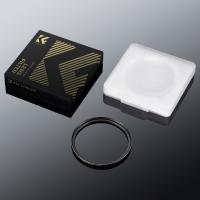



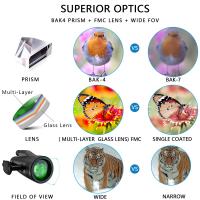
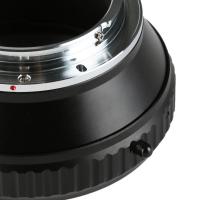


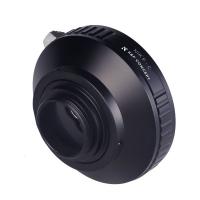
There are no comments for this blog.